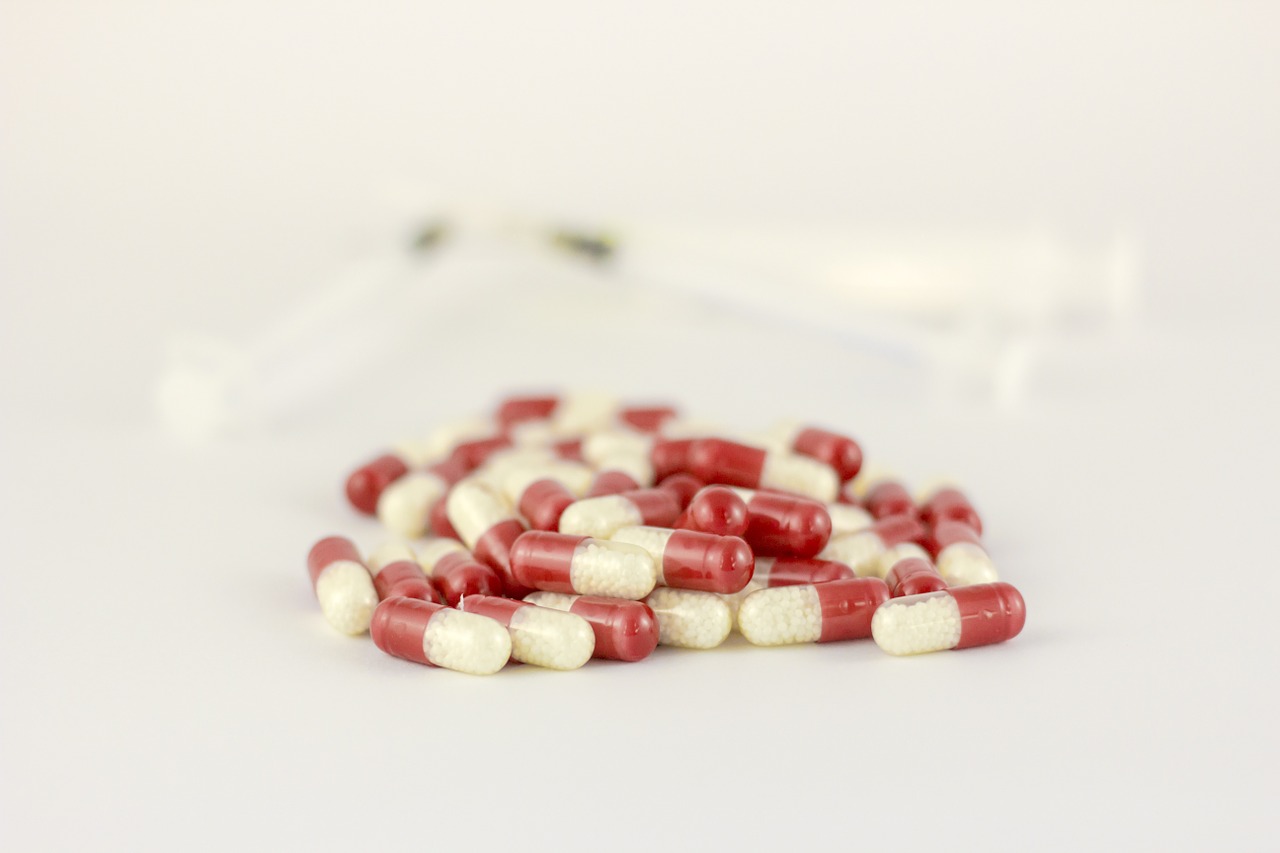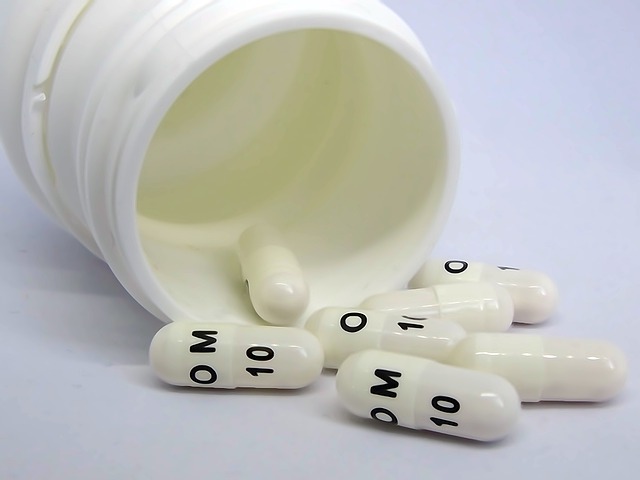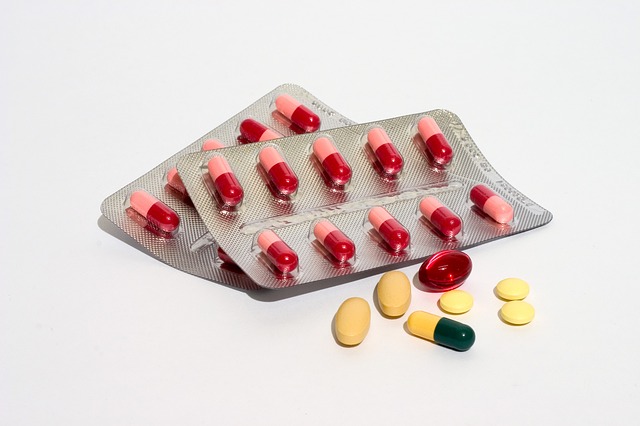Podcast: Play in new window | Download (Duration: 11:13 — 5.1MB) | Embed
Lansoprazole is a proton pump inhibitor that can be commonly used for GERD, PUD, and GI prophylaxis.
Lansoprazole can inhibit CYP2C19 which can cause concentrations of drugs like escitalopram and citalopram to rise.
Hypomagnesemia, low B12, osteoporosis, and an increase in C. Diff risk are potential complications with longer-term PPI use.
PPIs like lansoprazole are best given 30-60 minutes before meals. This is something that patients often forget.
I discuss important drug interactions on the podcast, be sure to check out my latest project which is a 200+ page book on managing drug interactions in primary care.
Be sure to check out our free Top 200 study guide – a 31-page PDF that is yours for FREE!








